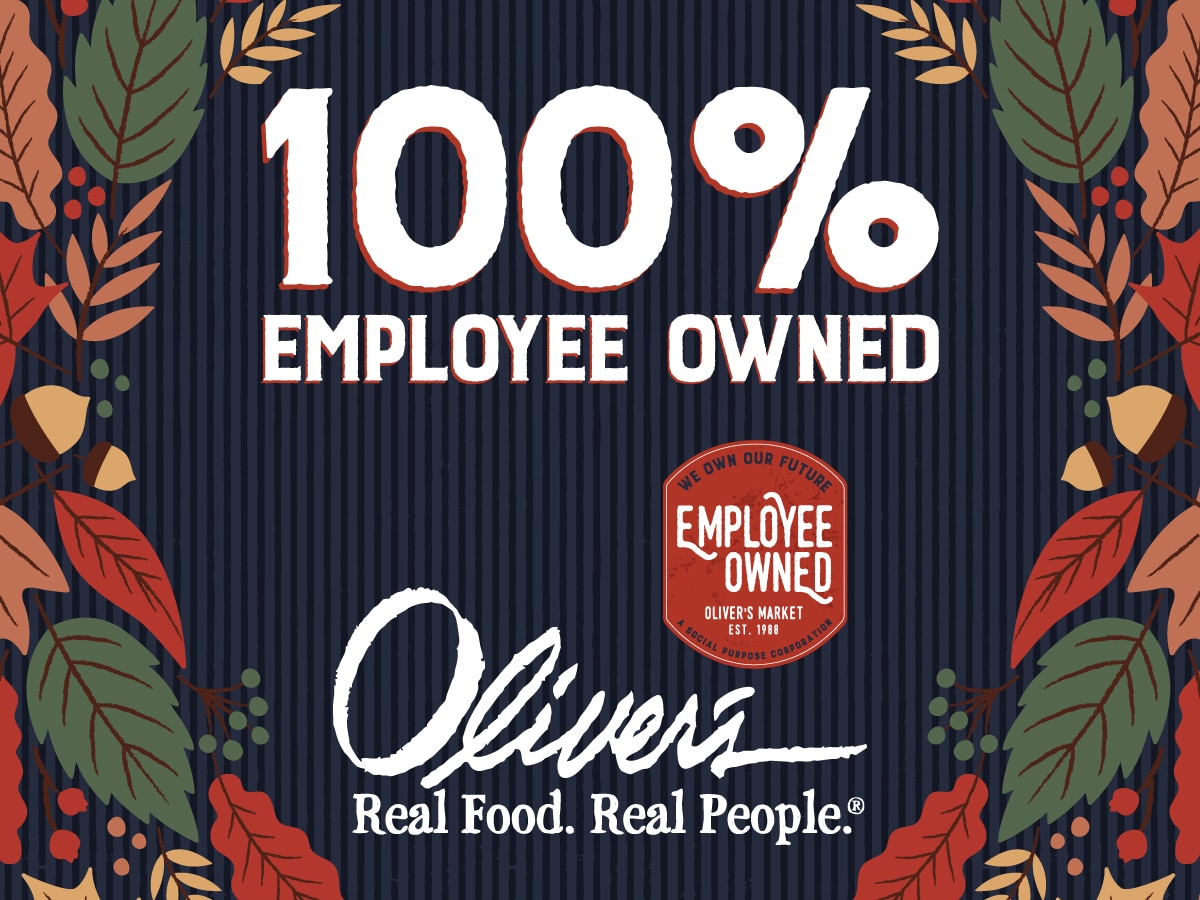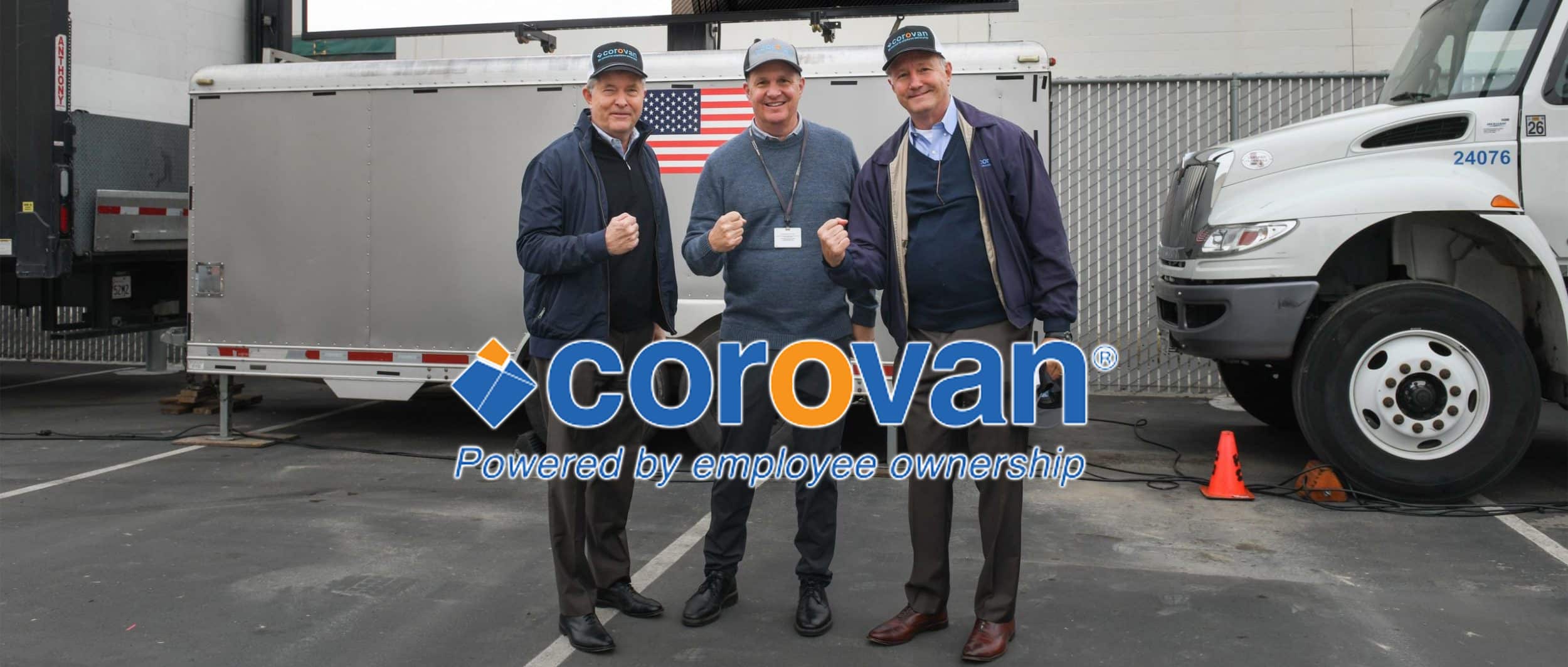USES OF AN ESOP
A Readily Available Market for Controlling Shareholders
Frequently, controlling shareholders desire to sell a part of their shares in order to diversity their holdings, or to provide liquidity for investment or estate planning purposes. Usually, however, there is no market for the sale of a minority interest in a closely-held company.
The adoption of an ESOP solves this problem by providing a readily available market for the purchase of shares from controlling shareholders. Moreover, the ESOP enables a shareholder to sell tax-free, provided that the ESOP acquires at least 30% of the outstanding shares.
A great deal of flexibility is available in structuring sales to the ESOP. If a shareholder desires immediate liquidity, the plan may obtain a bank loan and purchase the shares for cash. If a shareholder does not need immediate liquidity, he may defer the tax on the sale by selling his shares to the trust on an installment sale basis, or by selling only a portion of his shares to the trust on a year-by-year basis.
In most cases, it is typical for older shareholders and retiring shareholders to sell their stock to the ESOP prior to other shareholders. If, however, the shareholders do not agree to this procedure, any offers to purchase stock on behalf of an ESOP must be made on a pro rata basis to all shareholders.
A Readily Available Market for Minority Shareholders and Outside Investors
The ESOP also provides a readily available market for the minority shareholders and other “outside” investors who desire to realize their gain or to liquidate a part or all of their investment for reinvestment in other companies. If the ESOP acquires at least 30% ownership, a minority shareholder may also elect tax-free rollover treatment under §1042 of the Internal Revenue Code.
A Tax-Advantaged Alternative to Sale or Merger
Purchase of an owner’s stock by an ESOP will almost always be more beneficial to the owner than sale or merger. For example, in the case of a sale, the seller will incur an income tax, will lose control, will usually lose his salary and fringe benefits, and will seldom be able to keep any retained equity. In comparison, there will be no tax to the seller if he sells stock to the ESOP under the tax-free rollover provision of the 1984 Tax Reform Act. In addition, under an ESOP, the seller can keep control, can continue to receive his salary and fringe benefits, and can keep as much or as little of the stock as he desires.
An Effective Tool for Increasing Cash Flow and Net Worth
A company can reduce its corporate income taxes and increase its cash flow and net worth by simply issuing treasury stock or newly issued stock to an ESOP in any amount up to 25% of eligible annual payroll. Using this approach, a company may drastically reduce or even eliminate its corporate tax liability. The cash flow impact can be dramatic. If the contribution to the ESOP is made in lieu of cash contributions to a profit sharing plan, the cash flow savings are even more dramatic. Of course, the owners must consider that these contributions of stock will result in some dilution of their ownership interest.
A Superior Employee Incentive Device
An Employee Stock Ownership Plan is designed to provide employees with the incentive of a “piece of the action,” and to enable employees to share in the capital growth of the company. Employee stock ownership gives employees a direct and vested interest in the success of their company, enables employees to share in the profits of their own labor, and creates an identity of interest between management and labor.
As an employee incentive device, the ESOP is usually superior to other incentive plans. In an ordinary profit sharing plan, for example, the funds are invested in stocks of unrelated companies, and the incentive effects are minimal. In an ESOP, on the other hand, the employees acquire an ownership interest in their own company, and the incentive element is maximized.
The ESOP is a flexible plan that can be used either in lieu of or in combination with other employee benefits plans. Because of its many advantages, the ESOP is becoming an increasingly popular form of employee benefit. The ESOP is particularly advantageous for companies whose rapid growth has required the reinvestment of profits, resulting in a shortage of cash available for employee benefits. A collateral benefit is that the ESOP often serves to diminish employee interest in unionization.
A New Way to Finance Debt Reduction with Tax-Deductible Dollars
Companies frequently find it necessary to borrow money in order to finance corporate growth. One disadvantage of debt financing is that repayment of the loan principal is not a deductible expense. An ESOP can be used to mitigate this problem by having the company issue newly issued stock or treasury stock to an ESOP. The resulting tax savings can then be applied against the principal payments so that tax-deductible dollars are used to pay part, or all, of the loan principal.
How the Plan is Designed
An ESOP is a plan qualified by the Internal Revenue Service as an equity-based deferred compensation plan. As such, it is in the same family as profit sharing plans and stock bonus plans.
An ESOP, however, differs from a profit sharing plan in that an ESOP is required to invest primarily in employer securities, while a profit sharing plan is usually prohibited from investing primarily in employer securities.
An ESOP also differs from profit sharing plans and from stock bonus plans in that an ESOP is permitted and authorized to engage in leveraged purchases of company stock. Consequently, an ESOP required different accounting procedures and a different method of allocating stocks and other investments among the employees than other types of plans. For this reason, the plan should be designed by an ESOP specialist in order to avoid Internal Revenue Service difficulties.
The ESOP, like a profit sharing plan, must cover all nonunion employees who are at least age 21 and have one year of service. An ESOP may either include or exclude union employees. In practical effect, share ownership under the plan is usually proportionate to the relative salaries of the participants in the plan.
Employees’ accounts are normally vested over a period of six years, and are normally taken out at retirement or whenever an employee incurs a five-year break in service. Upon distribution the shares may be subject to a “right of first refusal” pursuant to which the shares must first be offered back to the trust and/or the company at their fair market value before being sold to a third party.
In order to assure marketability of the stock subsequent to distribution, the employees must be given a “put” option, which enables them to require repurchase of their stock at fair market value. The plan is administered by a committee established by the directors of the company. All voting rights are normally exercised by the committee.
However, employees are allowed to vote on any matters involving liquidation, dissolution, recapitalization, merger, or sale of all the assets of the corporation. Contributions can be made in any amounts up to 25% of payroll if the company has unused contribution carryovers, or if the plan is combined with a money purchase pension plan which provides for a fixed annual contribution of 10% of annual payroll. In the alternative, if the plan is leveraged, the company may make annual contributions of up to 25% of eligible payroll to the extent such contributions are necessary to make principal payments on the loan.
Such principal payments must be made on or prior to the date for filing the company’s tax return, including extensions. In addition, the company may make whatever contributions are necessary to pay the interest on the loan, even if these contributions result in contributions in excess of 25% of eligible payroll, provided that not more than one-third of the contribution is allocated to highly compensated employees. Contributions to another defined contribution plan or a 401(k) plan, however, count against the 15% and the 25% contribution limitations.







